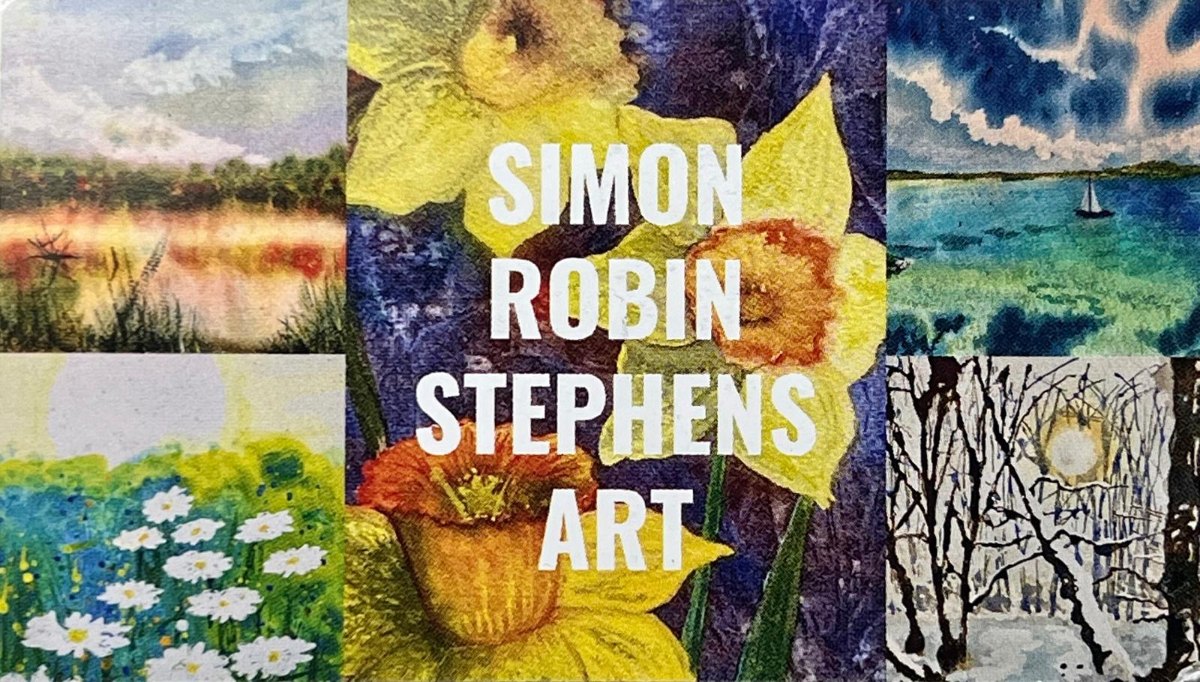How to Choose Art for Therapy Rooms | Calming Wall Art Guide
Professional guide to selecting therapy room wall art. Choose calming artwork for mental health spaces and therapeutic environment decoration tips.
Simon Robin Stephens
ADHD Artist & Watercolour Specialist
The walls of a therapy room hold more than decorations—they hold possibilities for healing. As both an artist and someone who understands the importance of calming environments, I've learned that the right artwork can transform a clinical space into a sanctuary of peace and hope.
When therapists contact me about commissioning pieces for their practice, we always start with the same question: What feeling do you want your clients to experience when they enter this room? The answer shapes everything—from color palette to subject matter to the size and positioning of each piece.
The Psychology of Color in Healing Spaces
Soft blues and greens naturally lower blood pressure and reduce anxiety. Warm earth tones create feelings of safety and grounding. But it's not just about individual colors—it's about harmony. A therapy room should feel cohesive, like a gentle embrace rather than a visual argument.
"I often recommend watercolor landscapes for therapeutic spaces because the medium itself embodies acceptance and flow."
What to Avoid
Abstract art with sharp edges or aggressive colors can increase anxiety. Portraits or figurative work might feel too confrontational in a vulnerable space. Overly busy compositions can overwhelm clients who are already dealing with internal chaos.
Religious or cultural imagery, while meaningful to some, can alienate others. The goal is universal comfort—artwork that speaks to our shared human experience of seeking peace and beauty.
Positioning and Scale
Place calming artwork in the client's direct line of sight from their usual seating position. This gives them a visual anchor during difficult conversations. Avoid hanging pieces directly behind the therapist's chair, which can be distracting.
Medium-sized pieces (roughly 40-60cm) work best—large enough to provide visual interest without overwhelming the space. Multiple small pieces can feel cluttered in an already emotionally intense environment.
The Therapeutic Power of Nature
Landscape paintings offer a form of virtual nature therapy. Even in urban settings, artwork depicting natural scenes can reduce stress hormones and promote feelings of restoration. Gentle hills, calm waters, soft skies—these elements speak to something deep in our psychology.
I've had therapists tell me that clients often reference specific elements in my paintings during sessions. 'I want to feel as peaceful as that tree looks,' or 'Can we talk about what it means to reach that calm water?' Art becomes a therapeutic tool, not just decoration.
If you're a mental health professional looking to create more healing environments, consider how artwork can support your practice. The right pieces don't just decorate walls—they hold space for transformation.
